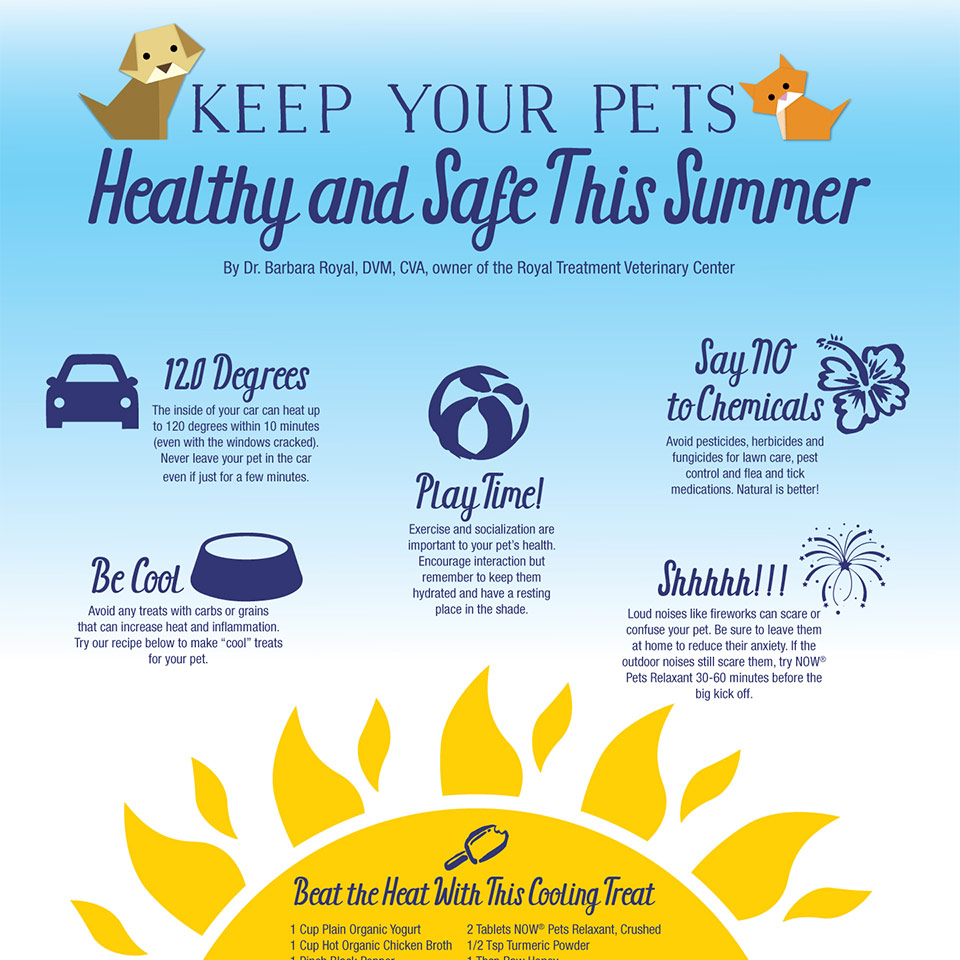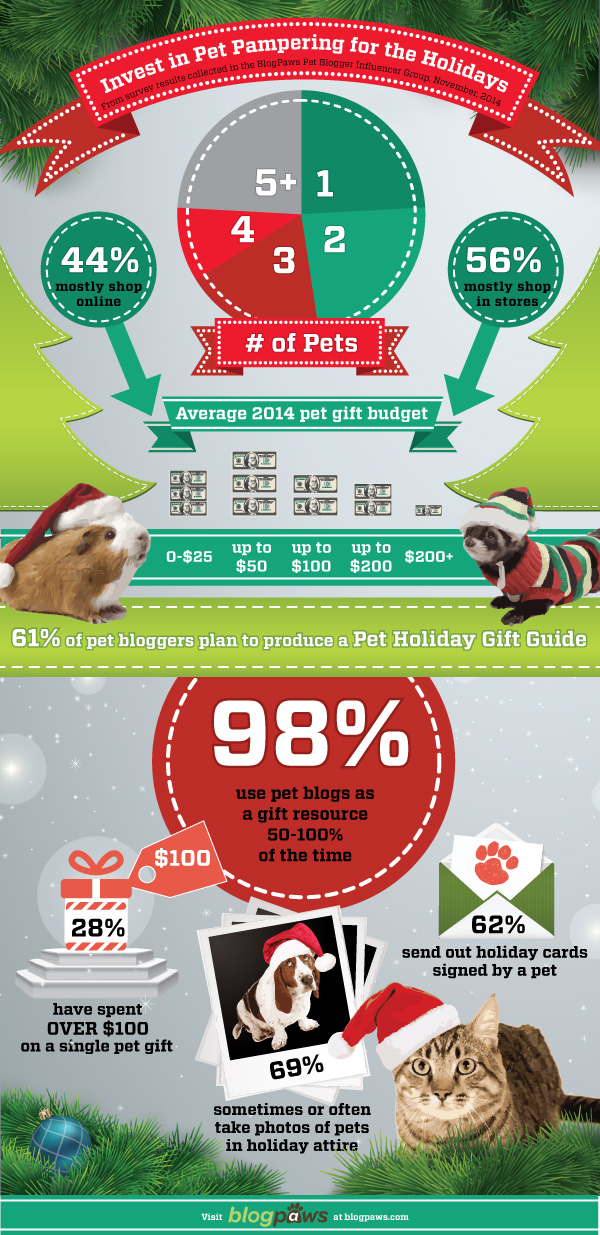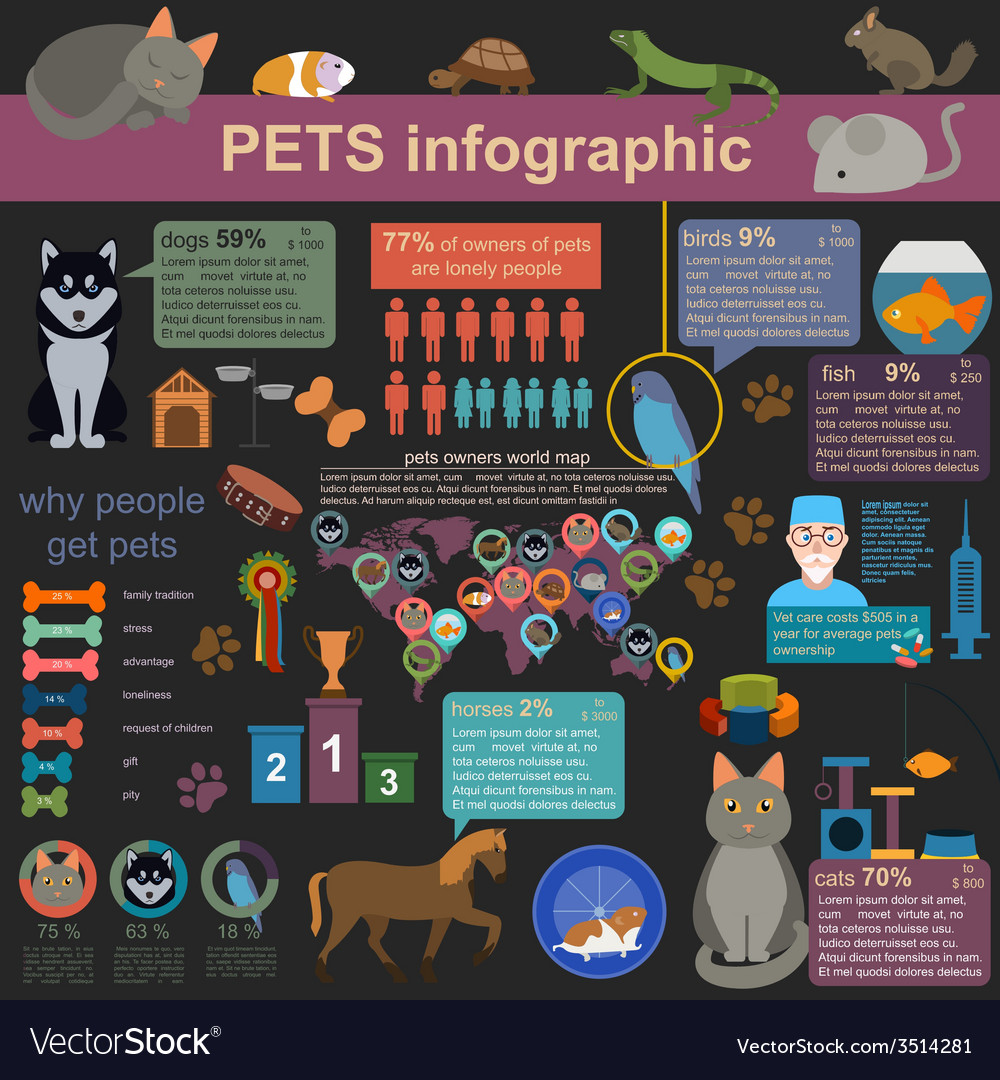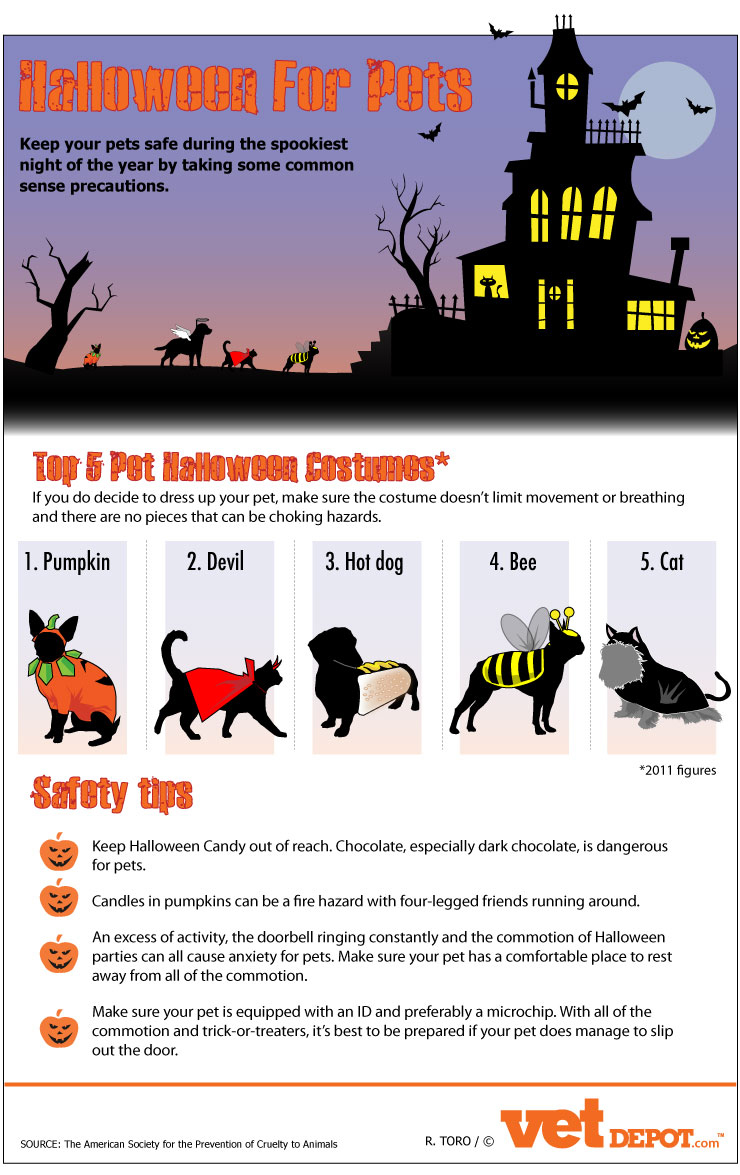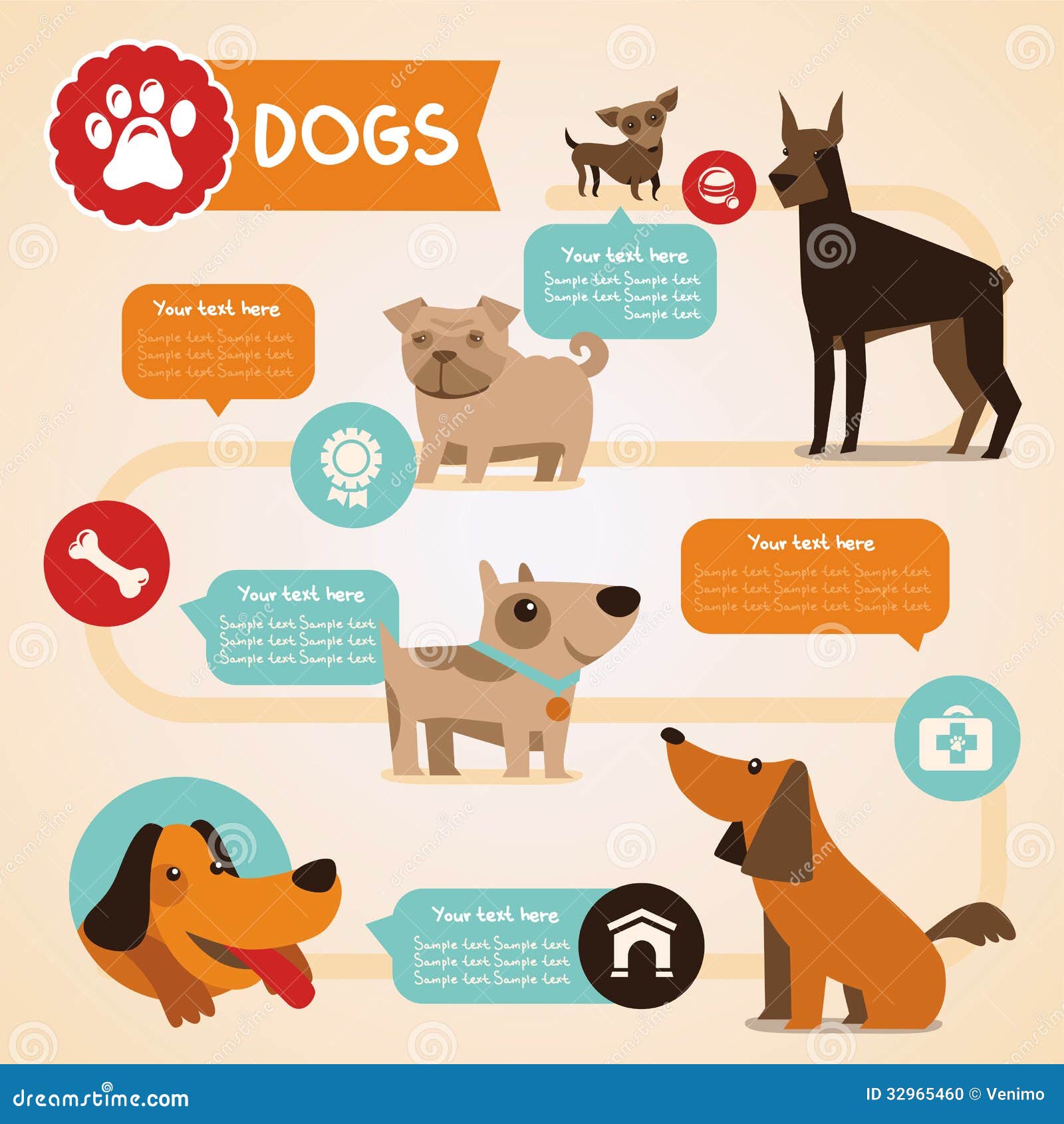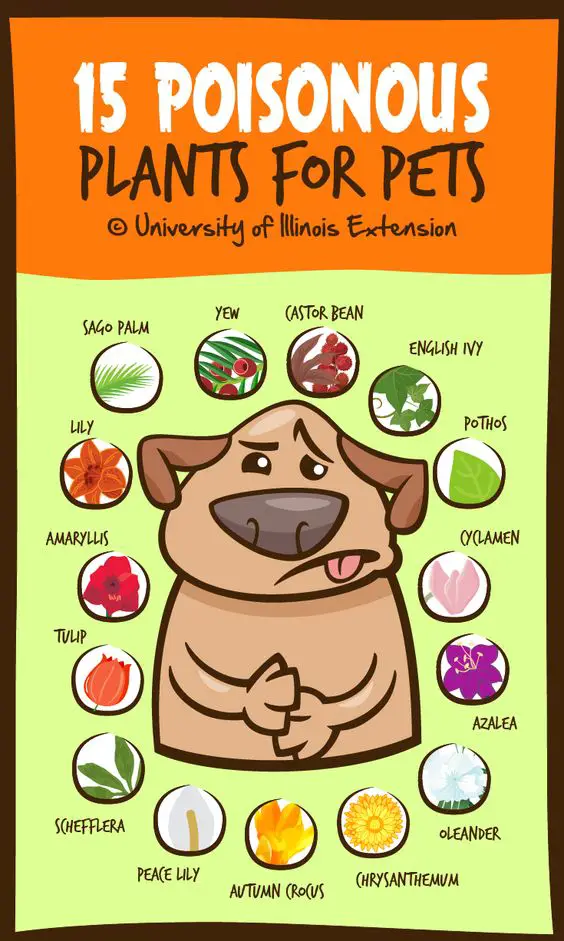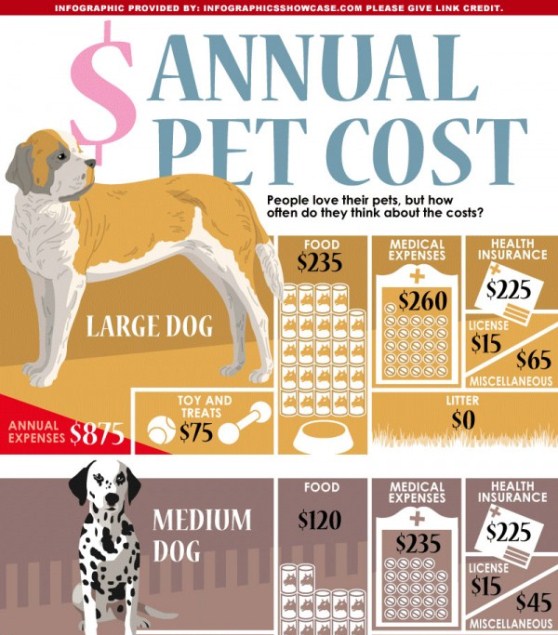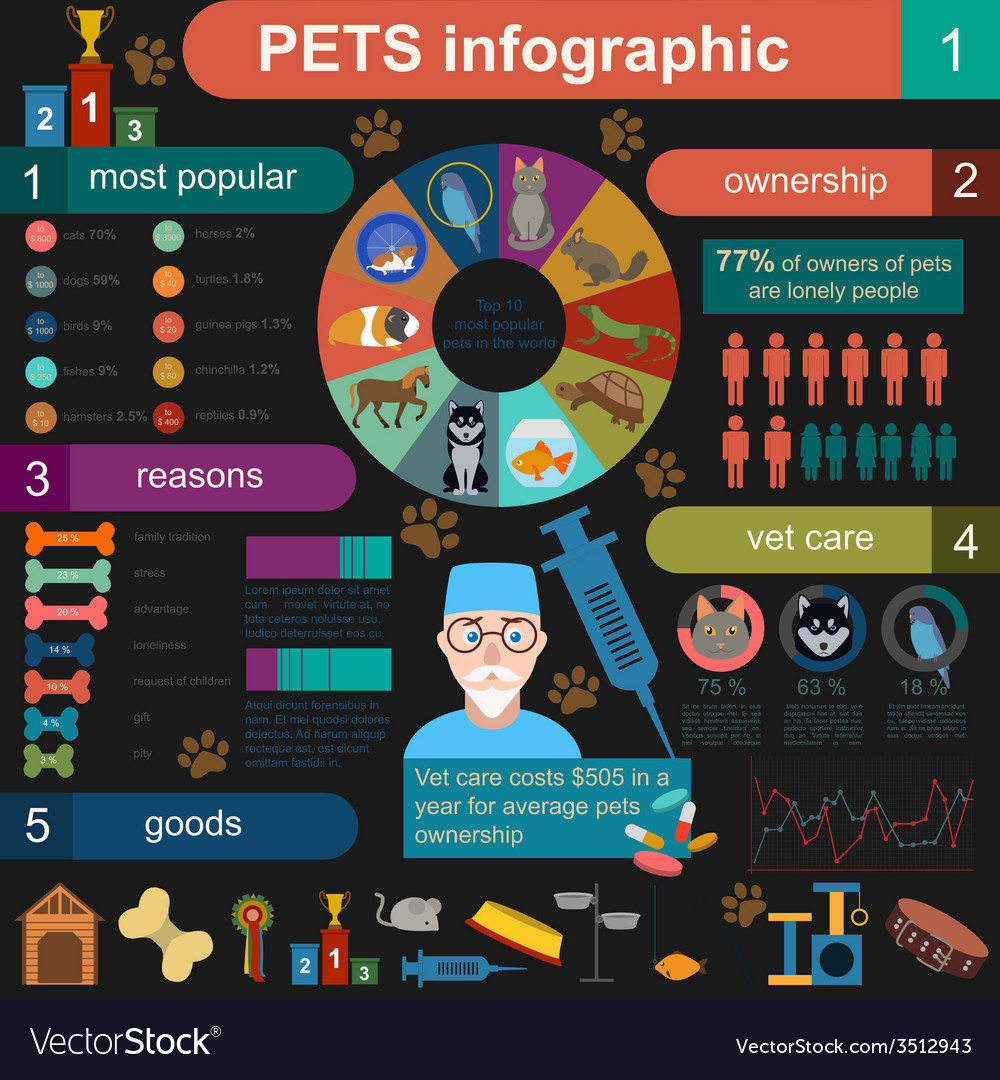Dog Adoption 101 Where How And The Costs Involved
Dog Adoption 101 Where How And The Costs Involved
Blog Article
Why Some Pets Get Outlawed From Childcare
Pet dog daycares are a necessity for several functioning animal moms and dads. Nonetheless, if your canine exhibits worrying habits, you may be asked to eliminate them from the facility.
Some pet dogs obtain outlawed from childcare because of aggressive or overly physical play that can trigger injuries to other pet dogs. These habits consist of:
Aggressiveness
Aggressiveness in the direction of other dogs is a common reason for bans. It can be set off by play, fragrances, food bowls and other individuals (specifically kids). It is normally guided at one canine but may be redirected towards multiple canines. Normally, pet dogs that are hostile towards various other pets are bad prospects for childcare.
A pet can present aggressiveness via barking, lunging, rerouted actions, too much posturing, bulges and various other hostile kinds of habits. This is not a typical part of a pet dog's character and normally needs intervention before a day care facility will consider admitting it.
Some dogs are aggressive just towards particular classifications of individuals such as veterinarians, groomers, postal providers and other individuals. This type of aggression can be a problem for many daycares due to the fact that it is usually impossible to stay clear of the targeted person or team.
Solitude
Just like people, canines can get lonely. Isolation develops a solid wish to re-connect and engage with others. When the dog is unable to attach and take part in a favorable method they will seek out even more devastating electrical outlets for their solitude. This frequently takes the form of playing harsh with various other pet dogs or acting possessive and aggressive in the direction of their very own playthings.
Sadly, a daycare setting does not constantly give the best opportunity to take care of these type of behaviors. For example, staff whose shifts transform on a regular basis need to kennel canines swiftly and without the time or resources to observe them or to aid re-introduce them back into the team.
Much like people who grow in massive crowds at music events yet discover it a great deal simpler to rest alone at a low-key coffee bar, canines have one-of-a-kind preferences concerning when, how and with whom they fraternize various other animals. Eliminating them from a team they don't belong in is seldom going to educate them any type of different.
Over-stimulation
Overstimulation is when you really feel overwhelmed by sensory stimulations, like excessive noise or task. This can activate feelings of anxiousness and worry, and physical symptoms such as problem breathing.
It's a reason some dogs obtain banned from childcare - especially those that have actually been required to be constantly activated. They may appear cranky, snappy or baffled and struggle to focus. They may require to cover their ears or eyes, or prevent individuals and circumstances because they're overstimulated by them.
Overstimulated pet dogs might be leaping, barking, getting, damaging and even attacking out of context since they're unable to soothe themselves down. This is frequently a hereditary characteristic or breed-trait and can be aggravated by specific ecological elements. Maybe that they're overwhelmed with round chasing, rough play, recurring commands or just way too many people simultaneously. They may 'enter into hyper setting' during walks and require to be crated when they return home.
Extreme humping
Several canines place and hump occasionally, yet when it becomes too much, dog daycare and boarding near me it is a problem. This habits can be perceived as supremacy, displaced aggressiveness or just exhilaration and is difficult to manage in a childcare environment. If you have a pet dog that humps various other canines or individuals, try disengaging them from the circumstance as quickly as it begins by guiding them away, transforming your back or sitting down. If needed, use a timeout for one to three mins in a quiet area. This will certainly aid your pup discover that this behavior is not enabled.
It is additionally important to note that humping can occasionally be the result of an underlying clinical concern such as urinary tract infections, allergic reactions, or skin problems that make the genital area itchy and painful. It is always a great concept to get a veterinary examination and ask your vet for their point of view. They may be able to use some clinical guidance and suggest medicine.
enter'>|